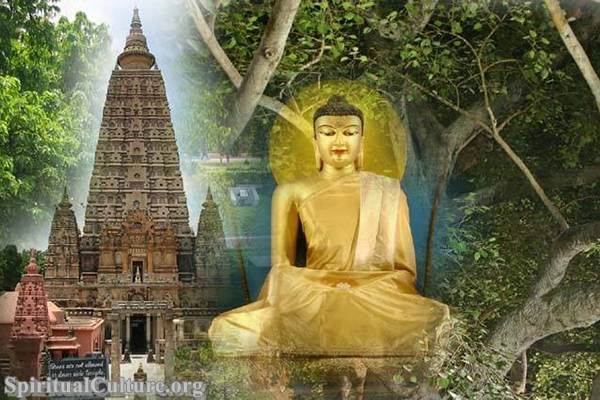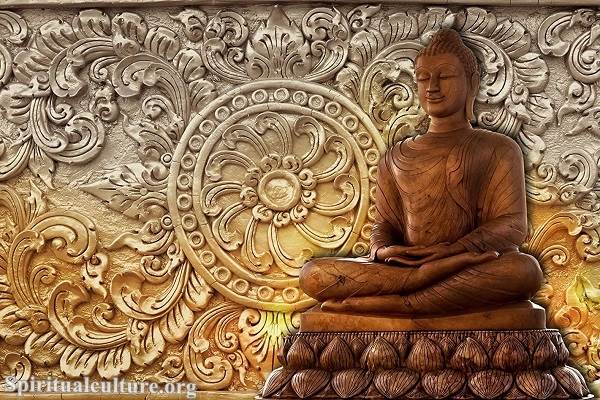As a religion, Buddhism is replete with a rich tapestry of traditions, customs, and festivals. One such revered event in Buddhist culture is Magha Puja, also known as Sangha Day. Celebrated on the full moon day of the third lunar month, traditionally known as Magha, this day holds immense significance for Buddhists worldwide. This article aims to explore the roots, rituals, and relevance of Magha Puja in Buddhism.
Buddhism and Magha Puja: A Historic Overview
Buddhism, founded by Siddhartha Gautama, known as Buddha, is one of the oldest religions in the world. With its vast array of teachings and philosophies, Buddhism has shaped the lives of millions of followers, known as Buddhists.
Magha Puja, in the context of Buddhism, is a day of immense religious importance. It commemorates a remarkable event that took place nine months after the Enlightenment of the Buddha. On this day, as the Buddhist scriptures narrate, 1,250 enlightened monks, known as Arahants, spontaneously gathered at the Veluvana Bamboo Grove in Rajagriha, present-day Bihar, India, to hear Buddha preach. This congregation was not planned or arranged. It was a spontaneous gathering, making it even more extraordinary and mystical.
The Meaning of Magha Puja in Buddhism
Magha Puja is a day that celebrates the fundamental principles of Buddhism. On this day, Buddha delivered the core teachings of Buddhism, known as the “Ovada Patimokkha,” which outlines the principles of ceasing from all evil, doing what is good, and cleansing one’s mind. These teachings form the bedrock of Buddhist philosophy and practice.
Buddha declared that his followers should consider these principles as their guiding light. The principles advocated by the Buddha on Magha Puja day are seen as the quintessence of Buddhism. They encompass ethics, discipline, wisdom, and the path to liberation and enlightenment.
Magha Puja: Rituals and Celebrations
Buddhists celebrate Magha Puja with great fervor and devotion. The rituals involve merit-making activities, including offering the monks food, robes, and other necessities, practicing meditation, observing the precepts, and listening to Dhamma talks.
In Thailand, where this festival is a public holiday, the celebrations are particularly grand. People flock to the temples with flowers, candles, and joss sticks as offerings. The highlight of the celebration is the candlelight procession, known as the ‘Vien Tien’. Participants walk around the temple, holding flowers and lighted candles, three times to honor the Triple Gem: the Buddha, the Dhamma (his teachings), and the Sangha (the Buddhist community).
In Conclusion
Magha Puja is not just a day of celebration but a day of reflection, introspection, and reaffirmation of faith in the teachings of Buddha. It is a day when Buddhists come together to honor the Buddha and his teachings, fostering a sense of community and shared spiritual goals.
In the hustle and bustle of modern life, the principles advocated by Buddha during Magha Puja have a renewed relevance. They remind us to lead a life of righteousness, compassion, and mindfulness, striving towards the ultimate goal of liberation and enlightenment.
As we delve into the essence of Magha Puja, we find a profound message of peace, harmony, and wisdom, reflecting the timeless teachings of Buddhism. This Magha Puja, let’s take a moment to reflect on these teachings and strive to incorporate them into our lives.


